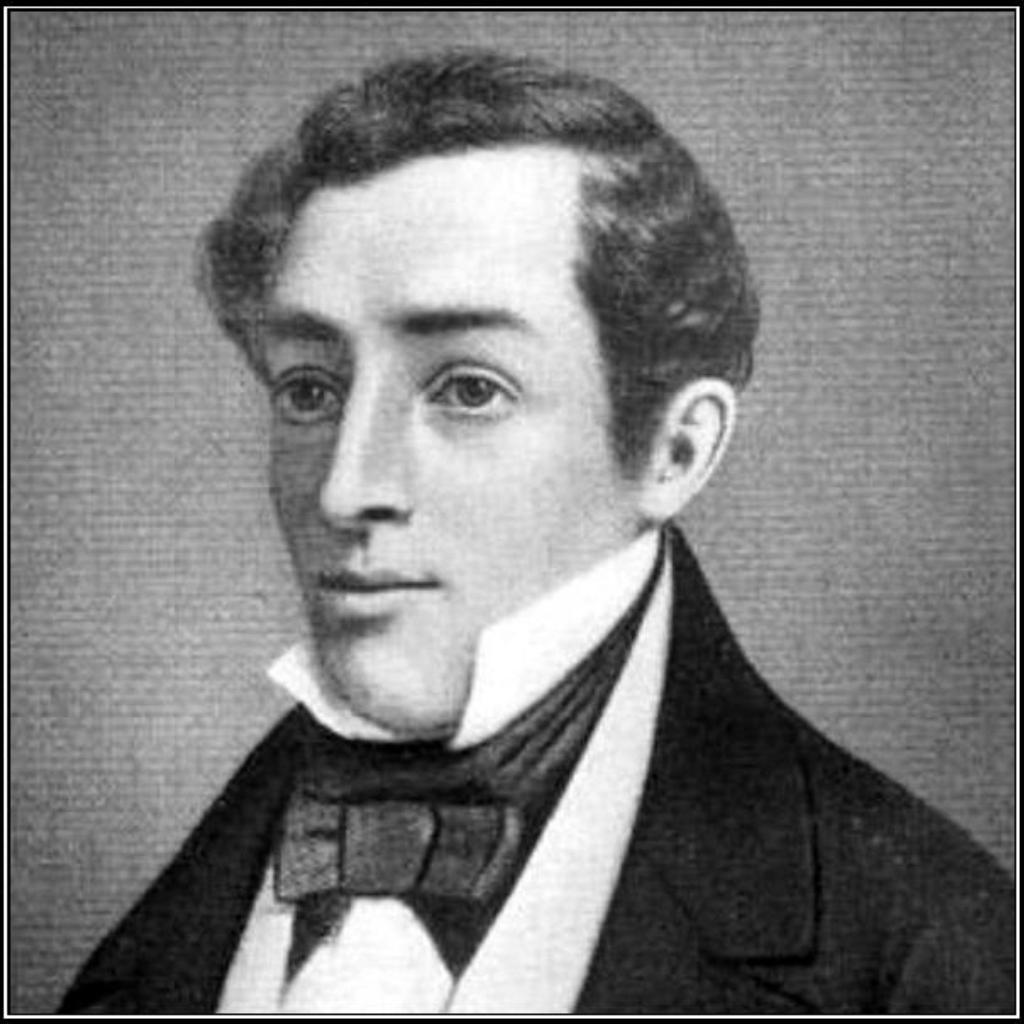2.1.5 The precursor of romanticism in Spanish, José María Heredia (1803 – 1839)

José María Heredia was born in Cuba but lived on the island for only a few years. He spent part of his childhood with his parents in Venezuela, and his early adolescence in Mexico. He returned to Cuba in 1821. During this stay, he published several poems in Cuban newspapers, including “To the Insurrection of Greece in 1920,” in which he openly expressed his desire for freedom for Cuba. His intellectual activity and certain ties to the “Suns and Rays of Bolívar” conspiracy movement aroused the suspicion of the Spanish government, and his arrest was ordered. Upon learning of this, he had time to flee and seek asylum in the United States.
In 1825, he returned to Mexico at the invitation of President Guadalupe Victoria. In 1836, his health deteriorating, he traveled to Cuba for a few months, during the amnesty decreed by Captain General Miguel Tacón, who authorized the trip. He died in Mexico on May 7, 1939.
Heredia stands out as the first Cuban poet whose work truly achieved universal recognition, while also marking a milestone in the formation of Cuban nationality, which in his poetry definitively takes the path of independence. Although of neoclassical training, he is clearly the first Romantic poet in the Spanish language, and the value of his work has been widely recognized by scholars and critics of both the present and the present. José Martí would go so far as to say: “The first poet of America is Heredia. Only he has brought into his verse the sublimity, pomp, and fire of his nature. He is volcanic like his entrails and serene like his heights.”
His ties to the Americas are primarily through the countries where he lived, which contributed to his romantic inspiration. In this sense, it is worth noting that his ideological position evolved from his paternal Spanishness to independence as a banner, even outside the borders of Cuba, so that his creed for America became a hymn of freedom.
However, Cuban influences permeate his work as a yearning that manifests itself in a perpetual evocation, a nostalgia that other landscapes fail to evoke. Among his best-known works are “In the Teocalli of Cholula,” a poem composed in Mexico in praise of the Aztec ruins, and “Ode to Niagara,” a work so popular that it earned the poet the nickname “Singer of Niagara.”
In his verses before Niagara, although a foreign topic serves as a leitmotif of the poetic connection, the longing for the homeland also shines through: “…! Oh! Exiled / Without homeland, without love, / I only see before me tears and pain! / Mighty Niagara! / Goodbye! Goodbye! In a few years / The cold grave will already have devoured / Your weak singer…” On his sea voyage from the United States to Mexico, when the boat was near the northern coast of Cuba, he saw the elevation of the Pan de Matanzas, and the emotion that overwhelmed him then is captured in his poem “Hymn of the Exile”, from which the final stanza is reproduced:
“Cuba! At last you will see yourself free and pure
Like the air of light that you breathe,
Like the boiling waves you look at
To kiss the sand of your beaches.
Even if vile traitors serve him,
The tyrant’s anger is useless,
Not in vain between Cuba and Spain
The sea spreads its waves immensely.”
It’s curious that our first Romantic poet was also the first pro-independence poet, meaning this desire would permeate Romantic literature throughout the entire period of this movement, including the early years of the insurrection. Heredia’s contributions to Cuban nationality are woven from memory and evocative absence, but his work implicitly embodies freedom as a sine qua non of nationhood, and many of our national symbols, including the lone star and the royal palm, survived as recurring figures in his verses before being recognized as such.








